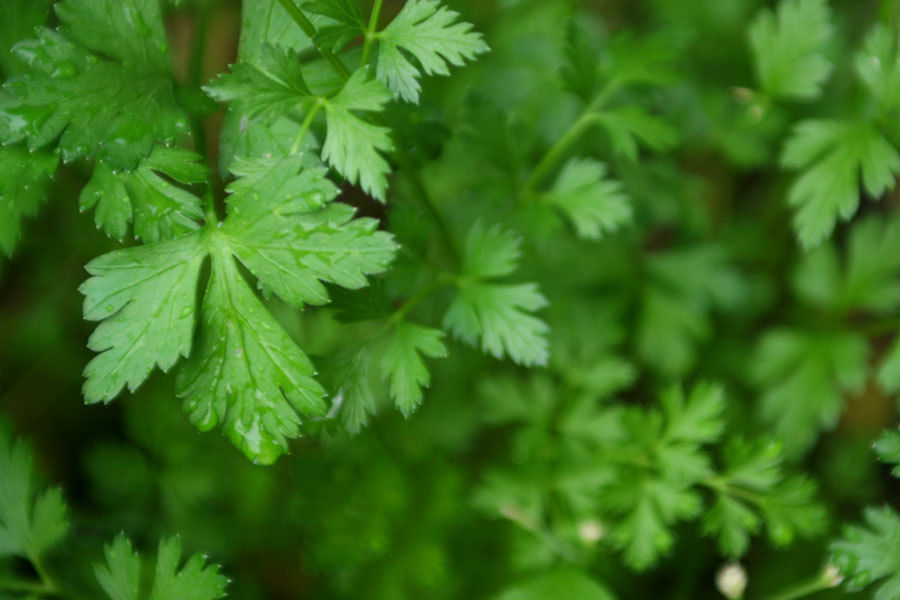GRAFTED AMLA PLANT NURSERY
- sagwan farming
- Jan 15, 2021
- 4 min read
AMLA PLANT NURSERY SUPLLIER N7, N10, CHAKAIYA
GUAVA PLANT NURSERY SUPPLIER MANUFACTURER L49,THAI PINK TISSUE CULTURE AND GRAFTED GROWING TISSUE CULTURE BAMBOO,TEAK,LEMON BANANA POMEGRANATE GUAVA MANGO AMLA PLANTS GUAVA PLANT NURSERY AND SEED SUPPLIER MANUFACTURER IN RAJASTHAN
Grafted and tissue culture amla fruit plant nursery supplier
Nursery plant supplier in Punjab,Bihar,
Rajasthan,Maharashtra,
Gujarat,Karnatak, Telangana ,
Delhi, Uttar Pradesh,Chattishgarh,
Jharkhand,Bihar,West Bengal,
Tamil Nadu,Kerala,Odisha,
Madhya Pradesh,Himachal,
Jammu.



GROWING AMLA PLANT | HOW TO GROW INDIAN GOOSEBERRY
Amla plant supplier nursery attracts huge demand commercially, which makes it the right time to invest in and reap rich rewards. Amla is a new variety that offers best yields with least risk. Its high quality ensures longer storage life. This can be grown in all types of soils, especially fertile red and black soils. It has wide-spread demand in the Ayurveda, pharmaceutical and pickle industries.
Planting Procedure
In High Density Planting method, pits of 1x1x1 m dimension are dug up at a space of 4 x 4.5 m between two pits. At this rate, 250 to 300 saplings can be planted per acre
Cultivation
· Planting: Grafted or budded amla plants are planted 7-10 m apart during July–August or February. Pits of 1-1.25 m size are dug 2 months prior to planting. In each pit 3-4 baskets of well rotten farmyard manure and 1 kg neem cake or 500 g bone meal are mixed with soil and filled. In sodic soils, 5-8 kg gypsum along with 20kg sand is incorporated. Filled pits are irrigated thoroughly if there is no rain. Hedge row planting is also being tried keeping line–to–line distance of 8m, while plant-to-plant distance is reduced to 4-5m. Under adverse soil conditions, it is advisable to grow the seedlings directly in the field pits or raise these in suitable containers and transplant at permanent site, and perform budding (in situ) subsequently. Amla scion shoots can be safely stored for 5-7 days with ample success.
·Since self incompatibility appears to be a problem with amla varieties, 2 varieties in alternate rows need to be planted.
Training and pruning
Amla plant should be encouraged to develop a medium headed tree. The main branches should be allowed to appear at a height of 0.75-1m above the ground level. Plants should be trained to modified central leader system. Two to four branches with wide crotch angle, appearing in the opposite directions should be encouraged in early years. The unwanted branches in are pinched off during March-April. In the subsequent years, 4-6 branches should be allowed to develop. Regular pruning of a bearing aonla tree is not required. As per growth habit, shedding of all determinate
A budded/grafted aonla tree starts bearing third year onwards after planting, whereas a seedlings tree may take 6-8 years. Vegetatively propagated plants attain full bearing within 10-12 years and may continue to bear for 60-75 years of age under well managed conditions. An aonla tree may bear 1-300 kg tree, giving 15-20 tons/ha.
Amla fruits are graded into 3 grades. Large sized, sound fruits are mostly utilized for preserve and candy; small sized for chyavanprash and trifala and blemished fruits for powder and shampoo making. Aonla fruits can be stored for 6-9 days at ambient temperature. However, with a salt solution it can be stored up to 75 days amla plant nursery n7 n10 chakiya amla plant supplier tissue culture.
Manuring and fertilization
The dose of manures and fertilizers depends upon soil fertility, age of plant and production. A dose of 10 kg farmyard manure, 100 g N, 50 g P and 100 g K should be given to one years old plants of aonla. This dose should be increased yearly up to 10 years and thereafter a constant dose should be given. Full dose of farmyard manure and P and half of N and K should be given in tree basin during January- February. The remaining half should be applied in August. In sodic soils, 100-500 g of B and zinc sulphate should also be incorporated along with fertilizers as per tree age and vigour.
Irrigation
Established amla orchards in general do not require irrigation particularly in normal soils. No irrigation is required during rainy and winter season. However, irrigation at 15-20 days interval is desirable in dry summer particularly during early years of orchard establishment under wasteland conditions. Brackish water should not be used for irrigation. In the bearing plantation, first irrigation should be given just after manure and fertilizer application (January/ February). Irrigation should be avoided during flowering (mid-March-mid April) period. Irrigation at 10-15 days intervals should be given particularly in the salt affected soils.
Basin system of irrigation is well suited for amla. The initial information obtained with drip irrigation has shown promising response. Alternate drip irrigation with 60 CPE is appropriate with water saving of 40-45%. In water scarcity areas, pitcher irrigation can also be successfully utilized.
Mulching
Mulching with organic wastes is very effective tool for establishment of amla orchards in sodic and ravenous areas. Paddy straw, sugarcane trash and farmyard manure have shown better response.
Intercropping
Amla being a deep rooted, deciduous tree with sparse foliages, is an ideal plant amicable for 2 or 3 tier cropping system. Fruits, vegetables, flowers and a few medicinal and aromatic plants are well suited for intercropping in aonla orcharid
Harvesting and management
Change in seed color from creamy white to brown is an indication of fruit maturity. Fully developed fruits are harvested. Delay in harvesting results in heavy dropping of fruits particularly in Banarasi and Francis. It also adversely affects the following years bearing. Individual fruits are plucked by climbing on the tree with the help of pegged bamboo or ladder. Harvesting should be done in early or in the late hours of the day. plant nursery amla plant nursery n7 n10 chakiya amla plant supplier tissue culture Mumbai Delhi



Wholesale fruit plant nursery
110,KALYANI VILLAGE, VRAJEWARI ROAD VASAI EAST MUMBAI MAHARHTRA




Comments